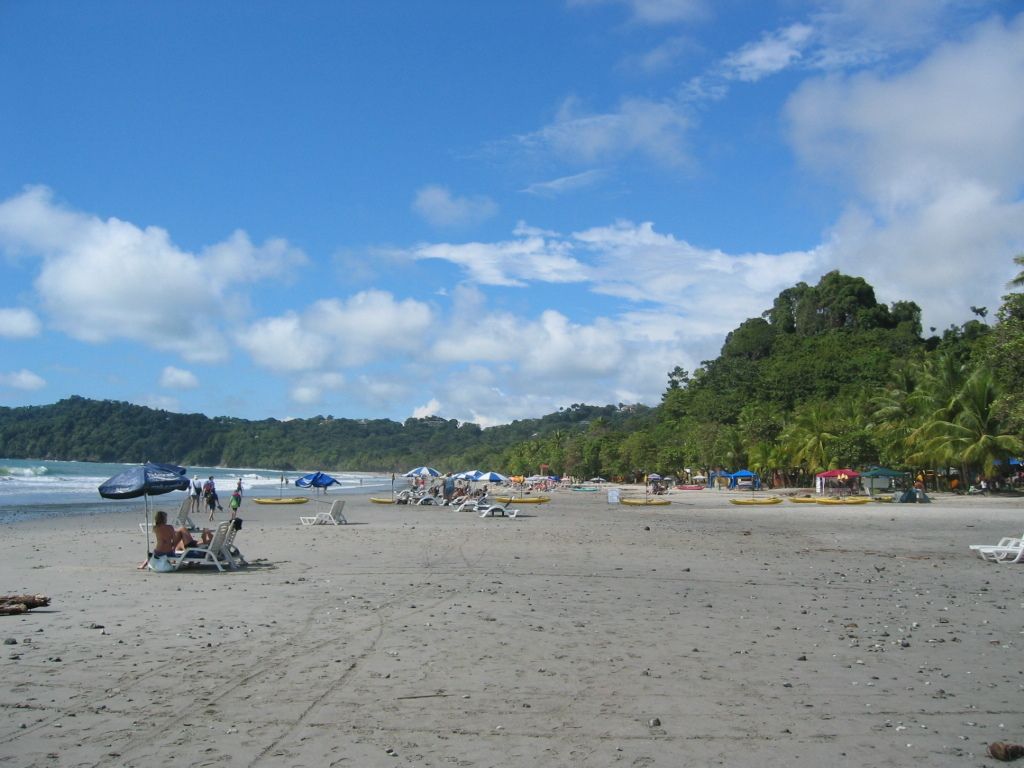New Heating Trends in Saxony-Anhalt
Over a fifth of heating systems in Saxony-Anhalt are less than five years old, marking a significant increase from 2019 (15.3%) to 2022 (22.8%). This shift towards modern systems indicates a growing awareness among Saxon consumers about energy efficiency and environmental impact. The information originates from a regional analysis of the study "How does Germany heat?" conducted by the German Association of Energy and Water Industries (BDEW).
While the proportion of extremely old heating systems (service life over 25 years) has slightly decreased (26.7% to 25.0%), overall, the average age of heating systems in homes across the country stands at 14.2 years (2019: 17.4 years).
Technology Differences
When it comes to individual technologies, oil central heating systems have an average age of 16.4 years in Saxony-Anhalt, while gas central heating systems are 14.6 years old, and other heating systems approximately 12.8 years old.
In almost one-third of Saxony-Anhalt homes, additional heating sources are utilized. Fireplaces are the most popular choice, with 48.2%, followed by direct electric heating systems such as fan heaters (20.3%), and coal stoves (15.3%).
Climate-Friendly Changes
The German government, comprised of the SPD, Greens, and FDP, aims to make heating in Germany more climate-friendly. Through the Building Energy Act and municipal heat planning, the goal is to gradually replace oil and gas heating systems with renewable energy sources. The law mandates that at least 65% of the energy for new heating systems in future construction projects must come from renewables. Initially, this rule will apply to new developments starting from 2024, with existing buildings taking on a more significant role in the transition through municipal heat planning.
Enrichment Insights
Tech Advancements and Policy Initiatives
The shift towards more efficient heating systems is driven by both advancements in technology and policy initiatives to combat climate change. One notable example is the planned district heating network in Leipzig, utilizing waste heat from the Total Energies refinery in Leuna, which aims to reduce energy consumption and lower carbon emissions.
Energy Efficiency Improvements
The new district heating pipeline in Leipzig represents a CO2-neutral heating solution, expected to meet around 38% of Leipzig's heating requirements, thus reducing reliance on fossil fuels. Research centers like the LAB in Dresden are also developing climate-neutral and resource-efficient construction solutions, contributing to technology leadership in Germany for new construction methods.
Emission Reductions and Climate Adaptation Measures
The transition to more efficient heating systems, such as district heating networks, will significantly reduce greenhouse gas emissions, contributing to Germany's climate adaptation goals. Measures like optimizing transport and logistics in periods of low water and reducing disruptions to road and rail transport caused by weather events are also implemented to achieve a sustainable future.
The increase in new heating systems under five years of age in Saxony-Anhalt is a positive development in reducing greenhouse gas emissions and combating climate change. With new building energy regulations, the region is moving towards a more sustainable and climate-friendly living environment, powered by at least 65% renewable energy.








